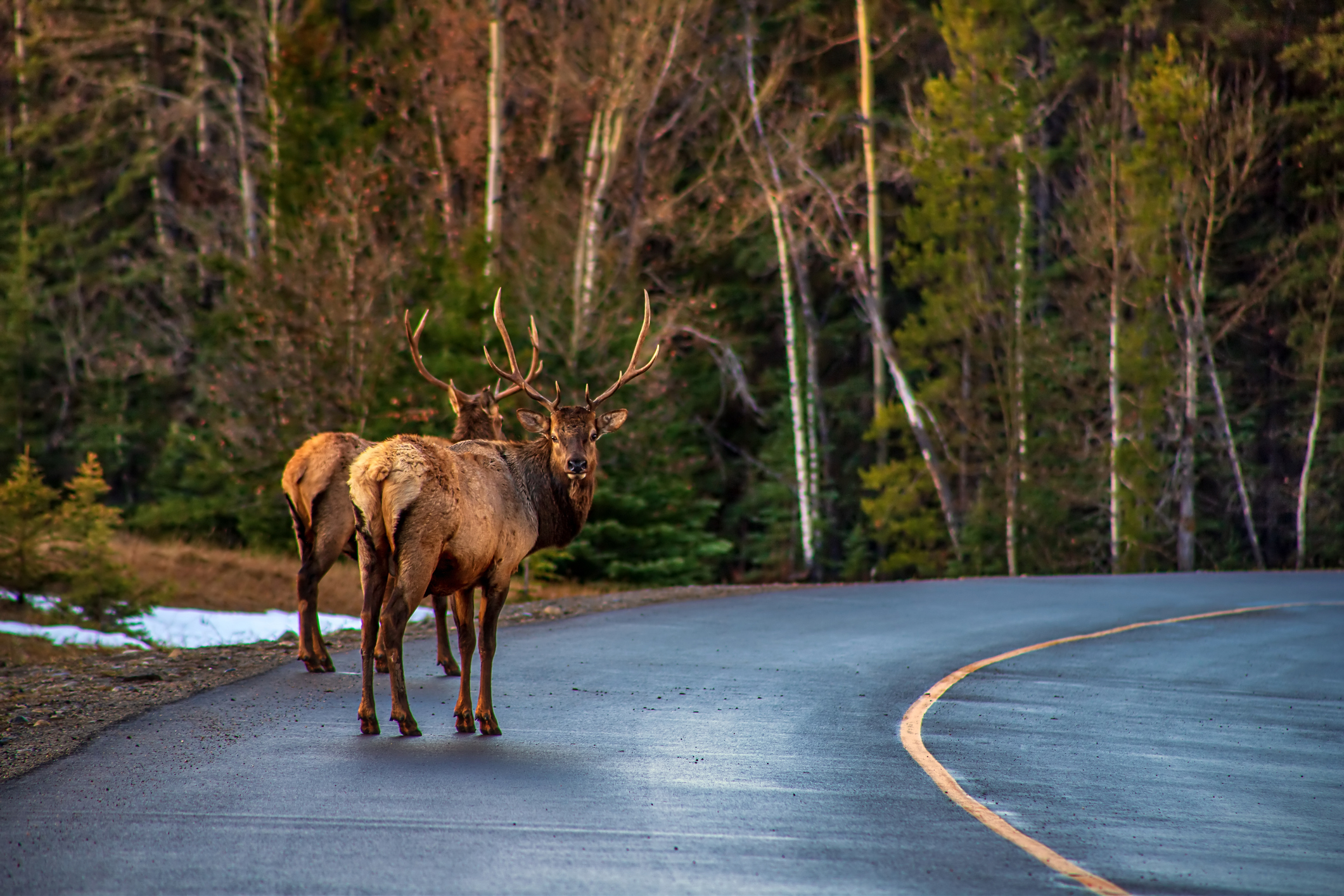We need to acknowledge climate change’s effects on wildlife—for our own good
March 3, 2023

March 3, 2023

As the United Nations marks World Wildlife Day on March 3, UBC zoology professor Dr. Kaitlyn Gaynor (she/her) discusses how climate change is affecting wildlife, and why that can spell bad news for humans and animals alike.
Dr. Gaynor recently co-authored a paper in Nature Climate Change, with colleagues at the University of Washington, that describes the different ways in which climate change is leading to more conflict between humans and animals around the globe.
Climate change is pushing animals around the landscape, and their distributions and behaviours are changing as they seek out more suitable temperatures, climates and available food. These responses of animals are increasing the chances that they're going to be interacting with people in ways that are undesirable for people. If their wild food availability is decreasing, for example, they might be more likely to feed on human foods, whether it’s trash or livestock or agriculture.
Humans are changing their behaviour as well in response to climate change. Everyone’s just trying to cope with this changing environment, but the ways in which animals are coping and people are coping can actually amplify negative interactions between animals and people.
There are a number of studies that have documented how, as the climate warms, sea ice is freezing later every year. As a result, polar bears are spending more time on land because they can't get out onto the ice. In places like Hudson Bay, they're seeking out new food sources, like garbage and human food, and that is leading to conflicts with people, like property damage and threats to human life, and increasing numbers of bears being killed. Conflicts with polar bears have tripled in over the past 30 years.
Another example is the change in moose behaviours in the Canadian prairie ecozone, where higher temperatures are pushing them to look for more cover for shade, increasing their overlap with agricultural lands and leading to crop destruction. And in Ontario, years of deep snow have caused elk to use cleared railroads as travel routes, leading to collisions with trains.
A lot of times, we tend to be very reactive in terms of addressing problems with wildlife. Thinking a little bit more proactively and forecasting what might be likely to happen in the future as the climate changes could be advantageous. By understanding how the climate is going to continue to change and how ecosystems are going to continue to change as a result, we might be able to anticipate what that might mean for wildlife distribution, diet, behaviour and human-wildlife conflict, and get ahead of the problem.
The hope is that by understanding why these conflicts are occurring or increasing, we can better develop mitigation strategies that account for ongoing changes in animal behaviour. Obviously, addressing climate change is at the root of the issue, but given that it's happening, designing our human-wildlife conflict mitigation strategies with climate change in mind can help inform more effective interventions in this changing world. This might include limiting certain agricultural practices near refuges for threatened wildlife species, and prioritizing planting native vegetation along wetlands to provide refuge for wildlife away from human-dominated areas.
We think a lot about climate change as something that's affecting us and the way that we live and experience our environments. We also think about the many impacts that climate change can have on animals. By understanding the ways in which climate change is going to modify human-wildlife interactions, it can help us to realize that we're all in it together. And that the responses of animals to climate change can have important implications for us, and our responses to climate change can have important implications for animals.
We honour xwməθkwəy̓ əm (Musqueam) on whose ancestral, unceded territory UBC Vancouver is situated. UBC Science is committed to building meaningful relationships with Indigenous peoples so we can advance Reconciliation and ensure traditional ways of knowing enrich our teaching and research.
Learn more: Musqueam First Nation